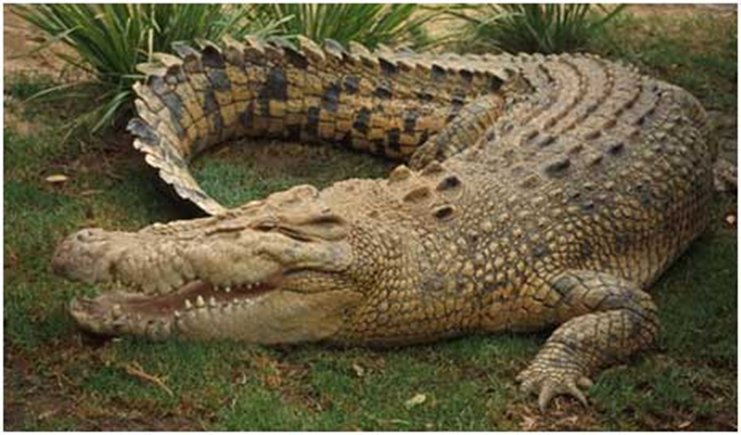JOLO FAUNA
Unlike that of Palawan,
which is located between Borneo and the Philippines, the Sulu Archipelago's
fauna is not Sundaic (Allen 1998) and, though rather small, is poorly known
biologically (L. Heaney, pers. comm., 2000). Although there are some Sulu birds
with Sundaic distributions, the avifauna of the Archipelago is essentially
Philippine (Dutson et al. 1992). The Sulu hornbill (Anthracoceros montani) is
one example of an animal whose likely closest relative, the black hornbill
(Anthracoceros malayanus), is from Borneo. There is a cline of relatedness to
Borneo as one moves north among the islands. Sibutu contains birds of Bornean
origin that are not found on Tawitawi (Allen 1998). The Sulus (Sangasanga,
Bongao, Simunul, Tawitawi) also support a population of slow loris (Nycticebus
coucang), a Sundaic primate that is not found in the remainder of the
Philippines (Heaney 1986). There is one endemic mammal in the ecoregion (table
1). The Tawitawi Island rat (Rattus taitawiensis) is considered vulnerable
(IUCN 2000).
Blue-winged racquet-tail (Prionoturus verticalis)
Several widespread but
threatened species also occur on the islands, including the critically
endangered Philippine cockatoo (Cacatua haematuropygia) and vulnerable rufous-lored
kingfisher (Todirhamphus winchelli) (Collar et al. 1999; Stattersfield et al.
1998).
Philippine cockatoo (Cacatua haematuropygia)
Rufous-lored kingfisher (Todirhamphus winchelli)
The critically
endangered Philippine crocodile (Crocodylus mindorensis) was historically found
on Jolo (as well as Luzon, Mindoro, Masbate, Samar, Negros, Busuanga, and
Mindanao), but the only remaining populations are found on Mindoro, Negros,
Mindanao, and Busuanga. The current wild population may be approximately 100
nonhatchlings (Ross 1998).
|
Philippine
crocodile (Crocodylus mindorensis)
BASILAN FAUNA
Basilan is an island province of the Philippines. It is the largest and northernmost of the major islands of the Sulu Archipelago and is located just off the southern coast of Zamboanga Peninsula.
The island chain is one of two partial land bridges to Borneo and is an important migration route for birds. Among the species of flora and fauna found in Basilan are:
Yellow-wattled bulbul (Pycnonotus urostictus)
Philippine tarsier (Carlito syrichta)
Mindanao hornbill (Penelopides affinis)
|












No comments:
Post a Comment